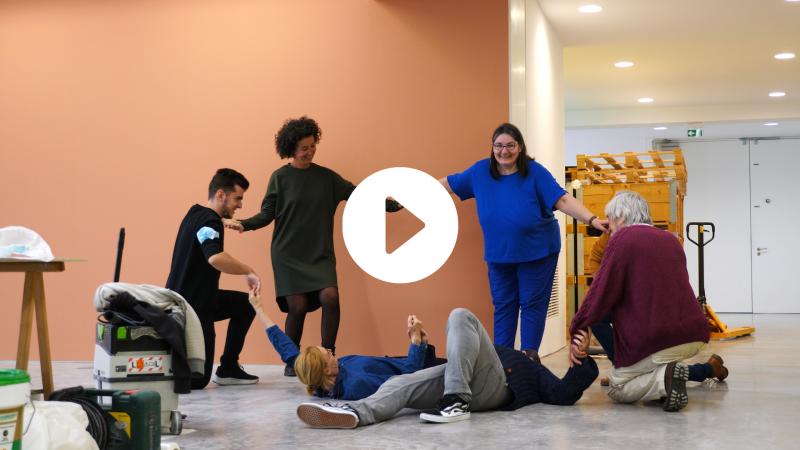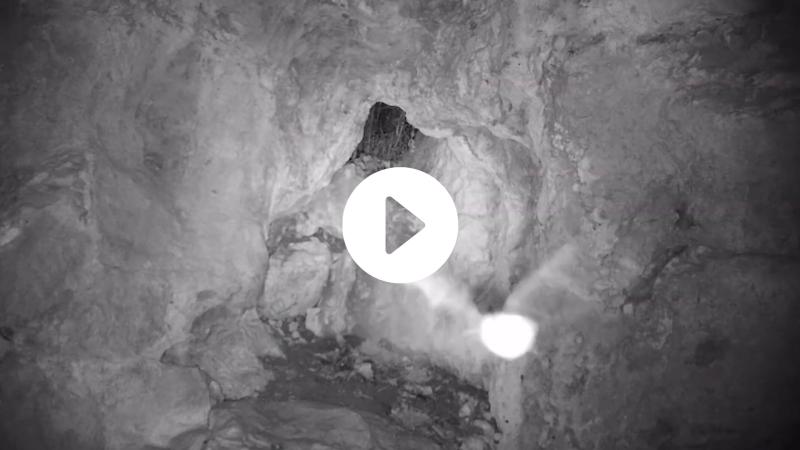Geoffrey Badel.
Anya Harrison
In The Weird and the Eerie, British theorist Mark Fisher defines “the weird” and “the eerie” as two concepts closely linked in popular imagination with horror, enabling us to interpret reality through the fantastic and the supernatural. At the crossroads of drawing, sculpture, installation, ritual, and performance, Geoffrey Badel’s practice is fully preoccupied by these invisible and other (para-)worlds. It is also propelled by two of his long-standing passions and fields of research: deaf culture and magic. A permanent dance, which aims to give form to what must necessarily remain outside the field of both the visible and the audible.
In 2018, Geoffrey Badel embarked on Phantasma (2018-in progress), a long-term investigation of haunted places. Before going to these sites, often in the company of parapsychology professionals, he gathered as much information, archives, and testimonies as possible. Once there, the artist and those accompanying him used recording tools to examine the space. They took the pulse of its sensory dimension, made contact with the presences still inhabiting it and tried to give them back their voice. Despite this preparatory work, or perhaps because of it, it was nevertheless chance and the accidental which came to the fore.
The Centre chorégraphique national de Montpellier (ICI - CCN), a former Ursuline convent later transformed into a women’s prison, is often at the center of these paranormal excavations. These have materialised in an artist’s book, Akousma - Part II (2022), a series of automatic drawings made on reproductions of old administrative documents from the convent, whose stains, fading, and other marks of time serve as the artist’s medium. The first part of the Akousma triptych will be completed by a video shot in collaboration with choreographer, dancer, and former director of ICI - CCN, Mathilde Monnier. Through her body, gestures and breathing, she will enter into communion with the invisible rumors that permeate the Center’s empty spaces.
The desire to heal and soothe is not alien to these approaches. For the group exhibition Trans(m)issions. L’Expérience du partage (2022) at the MO.CO. in Montpellier, Geoffrey Badel presented an installation that conjured up a possible place of healing. The strong scent of spices and herbs emanated from ancient linen sheets, stained with ink made from ingredients found in theriac, a universal anti-poison that has been known since Antiquity. Strange shapes and figures could be found on the front, back and in the interstices between the sheets: wax finger casts could be glimpsed between the folds, hanging not far from a varnished plaster cast of the artist’s face pierced with acupuncture needles, sporting a snake-like moult (Je me suis mue, 2022). These are all signs of the mutations and impulses to which Geoffrey Badel remains faithful. And if certain images and sensations reappear repeatedly, become perceptible and, indeed, haunt his work, it is to construct a para-syntax that unfolds as he goes along – where the weird and the eerie are buried.



